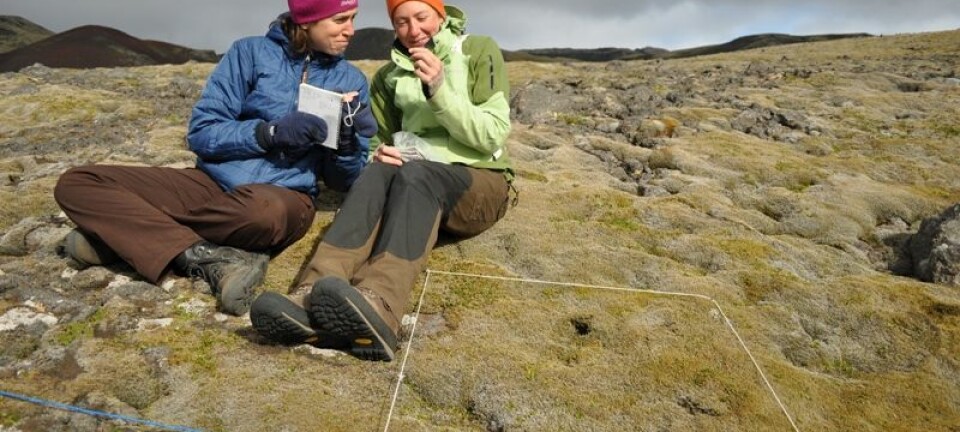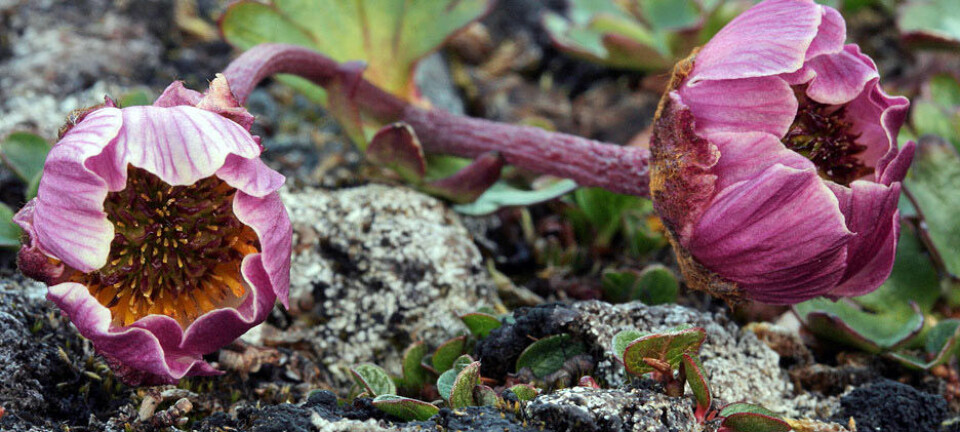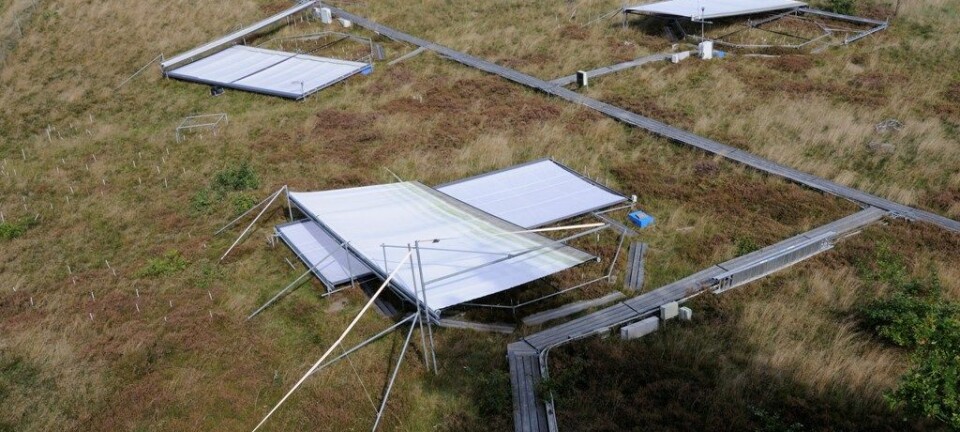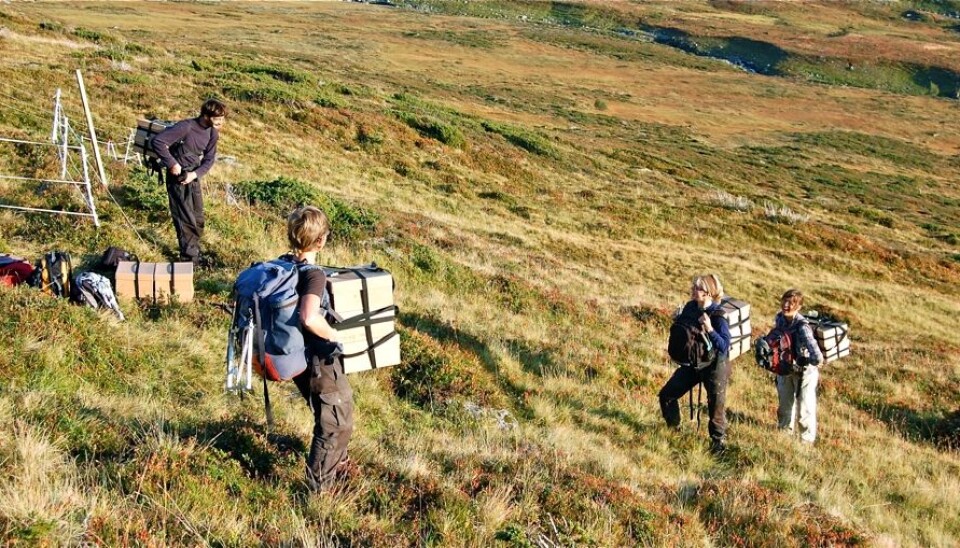
Students tote ecosystems in rucksacks
What key discoveries do researchers make about climate change when they use students as sherpas to shuffle ecosystems around on Norway’s west coast fjord landscapes?
Denne artikkelen er over ti år gammel og kan inneholde utdatert informasjon.
Experimentation is integral to research. Biologists are keen to know what will happen to vegetation when the climate gets warmer and wetter.
So some scientists and students went to the Sognefjord region in Western Norway in 2009 and cut out 256 patches of miniature ecosystems – squares of turf – and moved them to new spots.
“I was planning on using a helicopter to transport them. But we found out it was cheaper to use students,” laughs the project leader, Vigdis Vandvik, a professor of biology at the University of Bergen.
The students moved squares of turf containing an average of 21 plant species each, plus assorted mosses and lichens.

Now in 2013 the researchers have made over 500,000 observations of changes in these ecosystems, which measure just 25 cm x 25 cm.
Mountain plants and lowland plants
“Many ecosystems cannot be moved. For instance you can’t take a forest and carry it to another spot. But the grasslands of Western Norway can be relocated.”
Professor Vandvik is delighted with all the research opportunities that this transport of plant communities enables.
Much is unknown about ways ecosystems respond to a rapid change in climate.
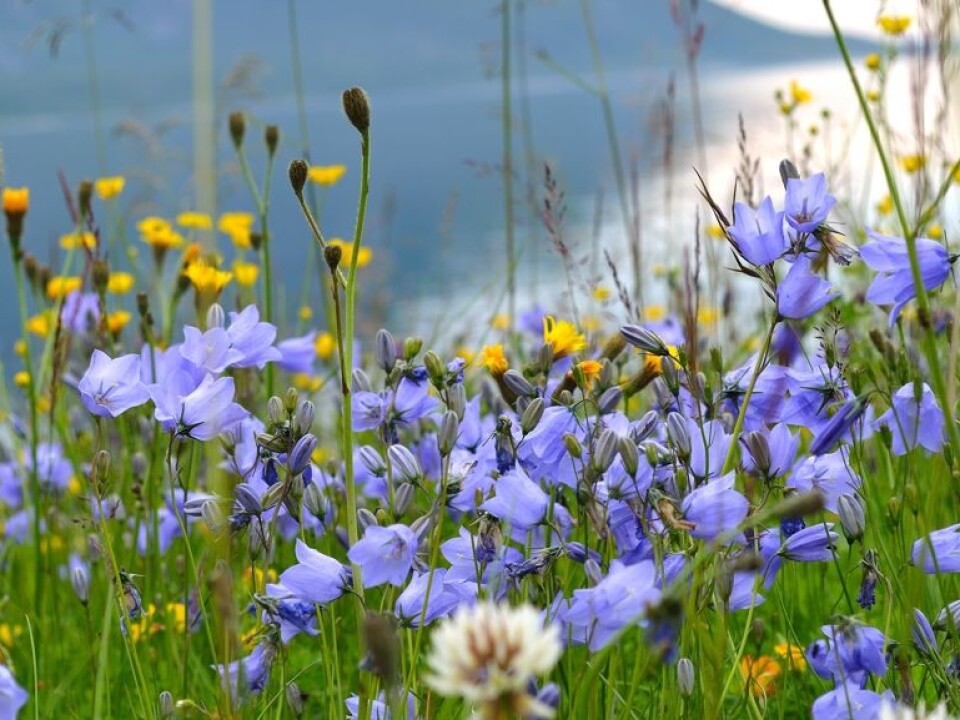
The researchers have now found fascinating differences between the ways lowland plants and mountain plants react to climate changes. They now know more about which species win and which lose in a new climate, and what affects the plants.
Happy-go-lucky mountain plants
Mountain ecosystems are often said to be especially vulnerable to climate changes. Researchers now know this to be untrue.
“We have proved that the transformations actually occur much more rapidly in the lowlands. These are the ecosystems that change fastest,” says Vandvik.
“Nevertheless, typical mountain plants are the losers in a warmer and wetter climate. We saw that lowland plants and mountain plants function through different strategies.”
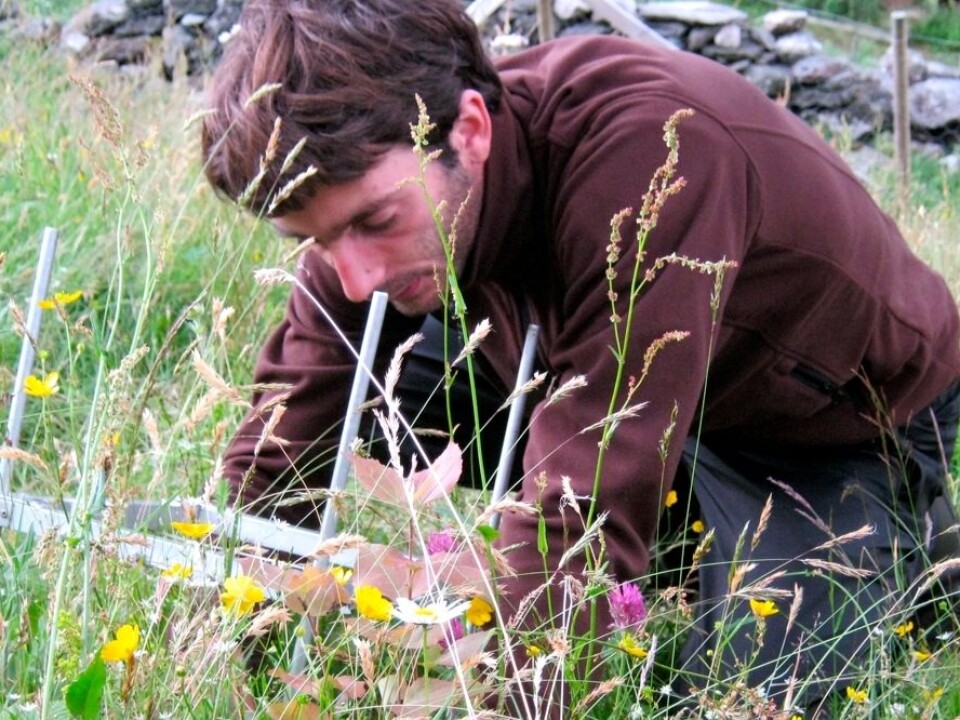
While mountain plants emphasise flowering, which spreads seeds, the typical lowland plants opt for more leafage, which fortifies the plant’s competitiveness. The former is a winning strategy one or two years into the future. But in the long run, the leafier plants of the lowlands are victors in the ecological struggle.
“The mountain plants live in the here and now. They have a happy-go-lucky mentality,” says Vandvik.
The first year mountain plants move to a new climate that is both warmer and wetter they are like college freshmen, partying and having fun. But they neglect to invest in the future, and end up as losers.
Variations in temperature and precipitation
The experiment involving the moves of 256 patches of ecosystems covered an area 400 km in distance, from west to east.
The researchers spent a lot of time finding the right locations to use as new homes for the ecosystems. The new grassy areas had to be as similar as possible to the spots the turf had been removed from. The type of rock, soil and grazing of animals had to coincide.
The new locations for these ecosystems also needed to have average summer temperatures that varied from 7.5° C to 12.5°C. Annual precipitation varied from 700 mm to 2,700 mm.
Numerous plant species were moved and they were given a variety of new climates.
It’s not all work in the field. “We have to utilise mathematics and statistics to attain a general view of the results in a biological experiment like this,” says the biology professor.
Nature as a lab
Experiments like this have usually been conducted in greenhouses, with controlled simulated climates.
But these omit a large array of factors found out in the wilds. In a greenhouse it’s not hard to control temperatures, but the proper amount of moisture and interaction between species and the environment cannot be totally recreated and monitored.
The western Norwegian fjord landscapes give the researchers, in their own words: “a unique possibility to set up a grid of study sites along independent temperature and precipitation gradients, enabling us to study the unique and combined effects of a warmer and a wetter climate”.
Until recently people have believed that climate change will primarily raise Norwegian temperatures. Botanists have thought along these lines too.
“This experiment shows we are simplifying things by looking solely at temperatures. We see through our experiment that much is different when we alter both the temperature and the amounts of precipitation,” explains Vigdis Vandvik.
Translated by: Glenn Ostling







